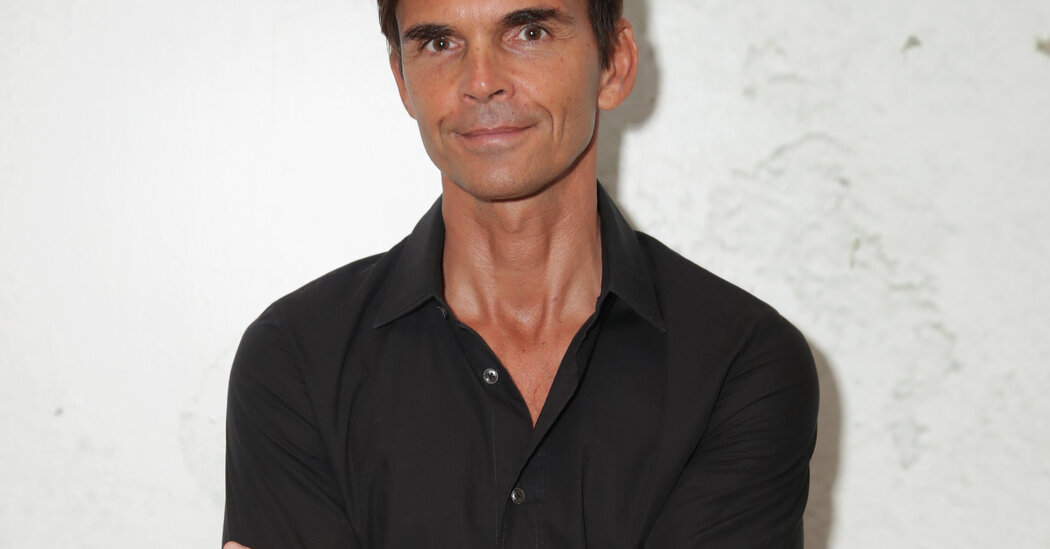From left to right: Josh Wildachief digital officer at University of Michigan Health-West in Wyoming, Michigan; Dr. Tarun Kapoorchief transformation officer at Virtua Health in Marlton, New Jersey;Jerry Vuchakchief information and innovation officer at Children’s Hospital & Medical Center in Omaha, Nebraska
Despite the fact many health systems are in a financial crisis, investments into digital health are still on the table.
The previous year might have been the worst year ever for operating income at health systems but that doesn’t mean executives are skimping on tech adoption. In fact, C-Suite tech leaders say the need is greater than ever before thanks to disruption from retail and tech giants.
Three C-Suite executives at health systems shared intel on their most recent investments into digital health, how they are justifying investments during challenging economic times and more. The interviews have been edited for length and clarity.
What is a digital health innovation project your organization has recently undertaken?

Dr. Tarun Kapoor, chief transformation officer at Virtua Health in Marlton, New Jersey
Dr. Tarun Kapoor, chief transformation officer at Virtua Health in Marlton, New Jersey:We stood up a digital transformation office two years ago. The idea behind this was that Virtua, and really every other health system, saw the dramatic acceleration in the adoption and implementation of technologies that had been around a while. We knew we didn’t want the pendulum to swing back. So we created this office to drive adoption. And this isn’t just about adoption from our providers but consumers as well. We’re started working with Memora Health (in February 2023) to accelerate that adoption. We’re using them to augment [communications between patients and providers outside the hospital]. One of the use cases is that we have patients who get hospitalized for heart failure, and they need to see the doctor seven to 14 days after the hospitalization. In between those seven days, there’s a lot of things that can get sticky and go sideways. The automation can help keep the patient on the journey and prevent them from slipping off.

Jerry Vuchak, chief information and innovation officer at Children’s Hospital & Medical Center in Omaha, Nebraska
Jerry Vuchak, chief information and innovation officer at Children’s Hospital & Medical Center in Omaha, Nebraska: As we defined our digital front door strategy, we wanted to supply different ways for folks to engage with us. We already had a very robust patient portal through electronic health record system from Epic. We have several other digital technologies. We have some of our patients on remote patient monitoring devices. We had two goals in mind to add to that. One was around wayfinding on our campus. We wanted to introduce wayfinding technology because we doubled the capacity of our campus in 2019. This made it a little bit more complex for our patients and family members to get around. And then secondly, we wanted to have an umbrella app that brought all those technologies together in one place. So recently we’ve launched Children’s Go, which is how we’ve branded the application. It gives families access to the patient portal, remote patient monitoring and any of the digital health tools that we use. It used to be a separate app. Now they’re all under that umbrella Children’s Go.

Josh Wilda, chief digital officer at University of Michigan Health-West in Wyoming, Michigan
Josh Wilda, chief digital officer at University of Michigan Health-West in Wyoming, Michigan:Right around that [initial] COVID-19 timeframe, we were rolling out a digital health kit that patients could use it as a stethoscope, thermometer and other diagnostics that usually can’t be captured in a traditional video visit. As we were rolling this out, we were sitting around the table and talking about Exalta Health. Exalta is an organization in the central Grand Rapids. Michigan area that really serves the Latino population from a patient-centered medical home. Trust is a big factor in their community. As a result, our health organization focuses on having Latino individuals who work there help bridge that trust gap. Exalta practices basic primary care type services to their patients. When their patients get referred for a specialty visit, they don’t have that same trust with clinicians from University of Michigan Health-West because they might not have ever interacted with us. So, we decided to put one of these digital health toolkits in their office where the clinicians there can help translate for patients, while our cardiologists will still treat that patient or at least be introduced to that patient using the digital technology.
What is your process of picking out digital health companies to work with?
Wild: We can all get enamored by the nice, shiny objects and do a bunch of pilots. We just don’t have the bandwidth for that. Our first goal is always to be intentional. Do we know what problems that we want to solve? Let’s find technologies that are very intentional. We also want to look at them from a soft perspective. It’s not just about key performance indicators. We really want to find technologies that will bring patient and provider closer together.
Kapoor: I wish I could say there’s a magic formula that we figured it out. We’re constantly tweaking it. In the digital space, there’s a difference between incrementalism and transformation. The word transformation is thrown around all the time. Not everything can be transformative because there’s only X amount of bandwidth for transformation. But also incrementalism shouldn’t be viewed as a bad word. If something is incrementally getting better, it’s a very good thing. I construct a triple alignment in my head when the right opportunity arises. It’s when the consumer is ready, the technology is ready and the operator, as in the provider, is ready. When all three are aligned and ready, that’s the sweet spot for digital transformation.
Vuchak: We have governance structure that mixes executive leaders and clinical partners across the organization. We weigh any potential technology on what’s the value to the organization and what can it do to improve outcomes? When we’re looking at innovation and investments, we want everything to be outcomes based. It might not be something that makes financial sense or it’s going to be an investment will cost us some money, but we’ll do it if it can improve patient outcomes.
How are you justifying tech investments during these challenging economic times?
Wild: We’re a part of Michigan Medicine but we’re still a community-based hospital. We’re competing against (large health systems) Trinity Health and Corewell Health. Our mission has always been about how can we use technology as a strategic advantage to allow us to punch above our weight. For the Exalta project, we didn’t have to pay for cardiologists to be there. The cardiologist could still see these patients in between their physical presence here at our hospital. The internet was low cost. This was a small cost as far as the device is concerned but well worth it. How we can use technology to expand beyond our current capabilities is what we evaluate. We’ve denied technologies that would have generated great financial return but would create a gap between providers and patients.
Vuchak: When we look at these technologies, it’s not about if they’re going to make us money. Can they provide better care and lead to better outcomes for our patients and family members? That’s what we want to invest in. For our wayfinding app, we measure patient engagement. It is a really important statistic to us. We keep an eye on that. We want people to come back because their experiences are great.
Kapoor: You can hunker down and say, “We’re not willing to make investments and we want to be even more cautious.” Rarely does that work when you’re getting disrupted from the outside. The mantra we use here, “You don’t want to be disrupted from the outside? Start disrupting yourself.” Yes, some of the investments we’ve made over the years have been very expensive. They had to be. They were foundational. But we should take a chapter out of these startups that come out of Silicon Valley and move towards an agile mindset. We should take that mindset to healthcare and partner with startups in the space. The speed to execution is remarkable. We can take something that takes six months to complete and do it in six weeks or maybe six days. You can’t own everything. You have to partner with people to make yourself faster. I don’t think it has to be enormous and cost a lot of money. It can be done intelligently. We were very fortunate at Virtua in 2022. Two thirds of health systems ended up in the red. That was not us.
Note: This article have been indexed to our site. We do not claim legitimacy, ownership or copyright of any of the content above. To see the article at original source Click Here









